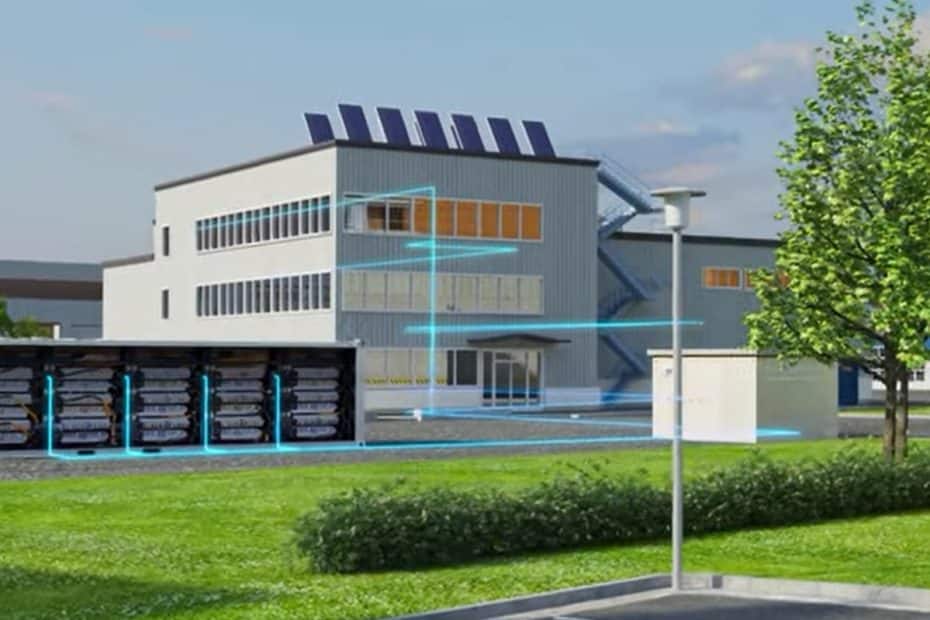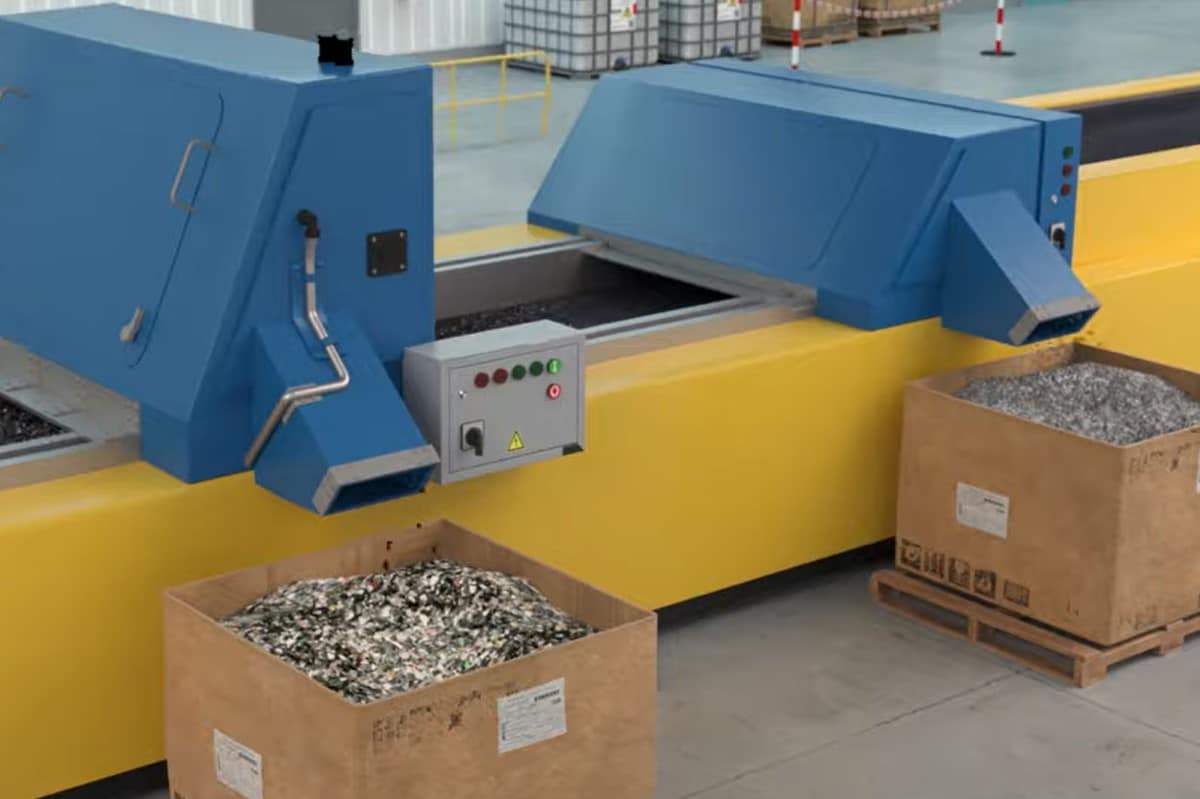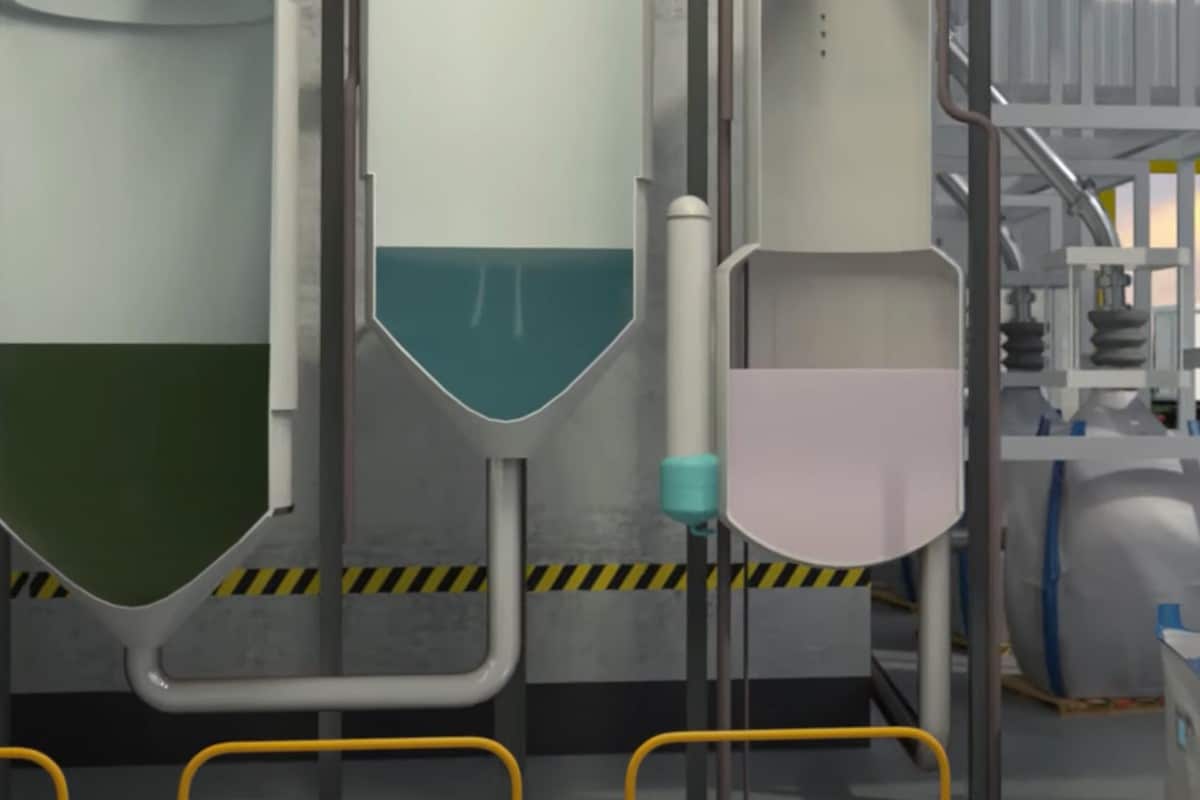Somebody thinks ebikes are polluting, because of the battery. Nonetheless, battery recycling is a growing reality in France and elsewhere.
Although it’s sure more polluting than a regular bicycle, the pollution of the barely 3 kg ebike battery can be offset, inasmuch it enables more frequent biking instead of driving, especially in hilly places. If we were to take our car, we would produce 150 g of CO2 per kilometer on average, reaching 3 kg of CO2 pollution within 20 km, to say nothing about the other poisonous gases and particles spitted by its exhaust pipe.
- Battery production pollution
- Why battery recycling is a real ecological challenge
- Battery recycling is profitable
- The European Union promotes battery recycling
- French 220 000 employees Veolia lead the way
As we wrote here, battery production can produce emissions of roughly 59 kg per kilowatt for the extraction of battery minerals, which is not more polluting than the extraction of any other mineral, on average. Reckon also 0 to 60 kg per kilowatt hour for the industrial manufacturing of the battery, depending on the source of electric energy used. For instance Norway uses 94% of renewables, Germany and Portugal more than 45%. France uses only 10% of fossil fuels.
Why battery recycling is a real ecological challenge
A car or ebike battery is composed of plastics, solvents, electronic compounds and small quantities of high-value metals such as lithium, cobalt, copper, manganese or nickel. If they are not recycled, used batteries can start fires and could pollute water and soil if dumped in the nature.
The average battery in an electric car weighs 300 kg, but can be twice that amount for some cars. 7 million tonnes of EVBs (electric vehicle batteries, cars and ebikes together) will be eligible for recycling by 2035 in France alone, representing more than 15 billion euros worth of metal.
Battery recycling is profitable
These metals are highly strategic and essential to our energy transition. Nevertheless, their extraction and production are concentrated in a few geographical areas. This situation leads to tensions over resources and distribution channels in the face of growing demand. The recovery of metals contained in end-of-life batteries is an ecological solution that limits the pressure on virgin raw materials, limits the carbon and environmental footprint of mining and protects the environment from pollution from end-of-life batteries. In the end, it helps decreasing the price of batteries.
The European Union promotes battery recycling
European legislation has taken matters into its own hands with a new proposed regulation that will force the inclusion of recycled raw materials in the production of new batteries. Its deadlineas are as follows:
- 2025: mandatory declaration of recycled content
- 2030: each battery must contain minimum 12% of recycled mineral for cobalt, 4% for lithium and nickel
- 2035: each battery must contain minimum 20% of recycled mineral for cobalt, 10% for lithium and 12% for nickel
The European institutions also aim to control the efficiency of the recycling process, and therefore the efficiency of the processes used, with new mandatory targets:
- 2025: 90% for cobalt, copper and nickel, 70% for lithium must be recycled
- 2030: 95% for cobalt, copper and nickel, 90% for lithium must be recycled
In France, and according to European regulations on batteries and accumulators, the legislation requires a recycling rate of at least 50% of the total mass of a lithium ion battery. A company like Renault, Europe’s third largest car manufacturer, entrusts the recycling of its electric car batteries to specialised industrial partners. This commitment is valid whether the purchaser chooses to lease or buy the battery when acquiring the vehicle.
- batteries recycling – grinding the cells
- batteries recycling – separating metals from plastic
- batteries recycling – chemical processing of metals
Veolia solutions for recycling electric vehicle batteries
Veolia, a long-standing player in the treatment of batteries, has unparalleled expertise in all stages of recycling. Their know-how in the management of hazardous waste flows and the associated risks has enabled them to develop specific, high-performance processes.
Their solution for recycling Li-ion car batteries is divided into 5 main stages:
- Collecting, securing in special warehouses, compliant with strict safety legislation, and deep discharging the battery – battery recycling is a clear example of circular economy. Following their age and performance, they can still have a stationary employment to store photovoltaic produced energies in buildings, and even excess energy produced by windfarms or huge photovoltaic installations.
- Dismantling of each cell and sending to the appropriate treatment facilities. This company operates dangerous materials recycling facilities. The purpose is to avoid spreading of polluting substances in the nature and even more, collecting valuable and strategic minerals like cobalt, nickel, lithium.
- Mechanical separation to remove the black-mass contained in the cells that make up the battery. Not too much energy is required for that. Battery cells are ground, thus avoiding risks of fire.
- Hydrometallurgy to separate and purify the metals contained in the black mass. Oxides of nickel, cobalt and lithium are dissolved in order to be separated by a chemical proceed.
- Refining to bring the metals to a purity that will allow them to be reused to make new batteries. These metals are then recovered into form of salts that are fully usable, new precious raw materials. Enothing issaid about the plastic coating of batteries, but we know that this company does recycle plastic so it shouldn’t be a problem.





